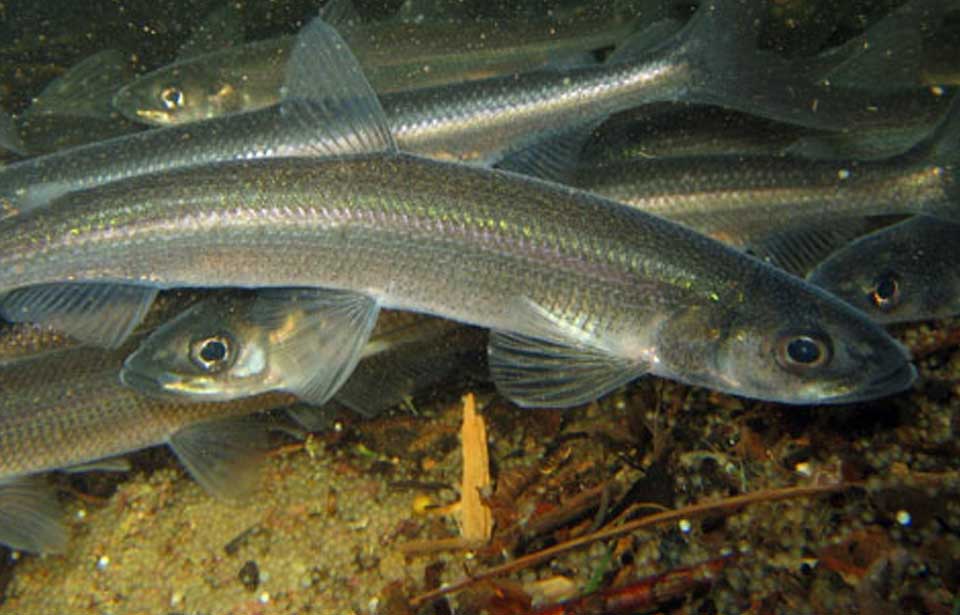With the world’s longest coastline, Canadians can scarcely appreciate all the natural, cultural, and commercial treasures held in our ocean waters. We have only just started to give the marine heritage under our care the attention and protection it deserves.
The urgent need for action is clear from such warnings as the endangerment of ocean migrants, including the bowhead whale, piping plover, St. Lawrence beluga, and leatherback seaturtle; the failure of millions of migratory salmon to return to their spawning grounds on our East and West coasts; and the harm done to vital habitats, like the Gulf of Maine, through overfishing, toxic chemical pollution, and coastal development.
To conserve marine migrants and all ocean life, Canada is setting aside key parts of the sea and giving them special status as marine protected areas (MPAs). These sites range enormously in size, organization, degree of protection, and classification. The MPA program arose from the recently proclaimed Oceans Act, which gives three federal government departments — Parks Canada Agency, Environment Canada, and Fisheries and Oceans Canada — responsibility for establishing a network of protected areas. Coastal communities, fishers, naturalists, aboriginal groups, and everyone who has a stake in aquatic health can join or initiate efforts to create MPAs.
Such community-driven action led to the establishment of Igalirtuuq National Wildlife Area in the Northwest Territories — a critical gathering spot for the endangered bowhead whale — and Quebec’s Saguenay-St. Lawrence Marine Park, which shelters the endangered St. Lawrence beluga. Cooperative efforts are now under way to develop a network of MPAs in the Gulf of Maine.
MPAs safeguard not only marine migrants but also commercial fisheries; ocean biodiversity; key habitats, such as spawning, breeding, and feeding grounds; biologically productive sites like coastal marshes and estuaries; and places of historical and archaeological significance. What’s more, they provide educational opportunities, support marine scientific research, and encourage tourism.
If you know of an important or vulnerable spot in the Great Lakes or any of the three oceans surrounding Canada, here’s how you can champion its protection:
- Learn more about MPAs through any of the three federal government departments involved in the program.
- If an MPA already exists in your area, volunteer to assist in its management.
- Find out if an MPA has been proposed in your area. Volunteer to help a local conservation, naturalist, or aboriginal group working to establish an MPA.
- Propose an MPA yourself. Join forces with a group of concerned individuals.
- Voice your support for MPAs at all levels of government: municipal, provincial or territorial, and federal.



